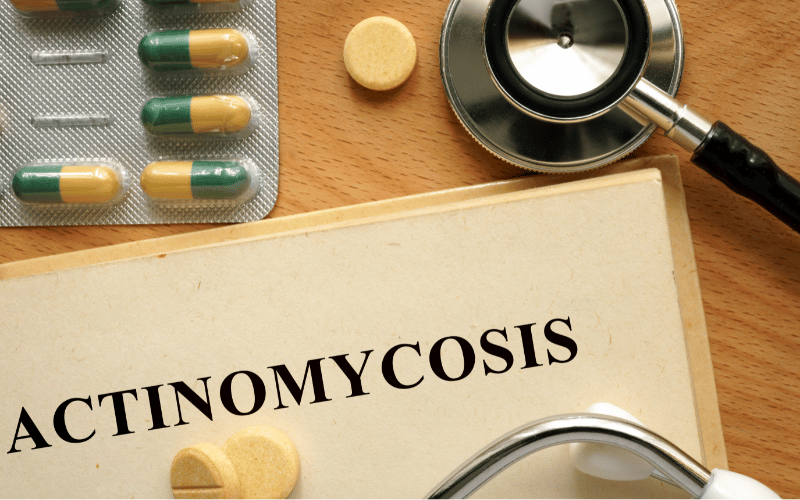Introduction

Actinomycosis. To most, this term may sound alien, like something straight out of a science fiction novel. However, in the world of medical science, it stands for a rare bacterial infection that occasionally bewilders even seasoned healthcare professionals. Given its peculiar manifestations and tendency to be mistaken for other illnesses, understanding actinomycosis becomes paramount.
The importance of such knowledge isn’t solely reserved for the medical community. The general populace, too, stands to gain from recognizing its symptoms early on. It’s often said that knowledge is power, and in this case, it’s the power to detect, intervene, and potentially prevent complications.
But what makes actinomycosis so elusive? It’s not just its rarity. It’s the chameleon-like nature of its symptoms. These manifestations vary and can appear similar to symptoms of other more common conditions, leading to potential misdiagnosis. From its onset, actinomycosis might merely seem like a minor inconvenience but can escalate if not promptly addressed.
In this piece, we’ll delve deep into the 10 core symptoms of actinomycosis, aiming to equip readers with the insight needed to identify this condition early and seek appropriate medical care.
Symptom 1: Swollen Lumps on the Face or Neck

Actinomycosis can be stealthy in its onset, often starting as innocuous-looking lumps, primarily on the face or neck. Over time, these lumps become more noticeable, often causing alarm for the individual. Not just any ordinary bumps, these protrusions indicate a deeper, internal struggle as the body tries to combat the bacterial invasion.
These lumps tend to be tender, gradually increasing in size and discomfort. The skin over them may become red or inflamed, hinting at the turmoil beneath. For many, the appearance of such lumps can be distressing. Given our face and neck’s prominence, these signs can’t be easily hidden or ignored. Moreover, it’s not just about aesthetics; these lumps can lead to discomfort during simple activities, such as turning the head or even resting it on a pillow.
Medical professionals might find it challenging initially to diagnose based merely on the appearance of these lumps. The differential diagnosis is broad, with conditions like lymphadenopathy, cysts, or other bacterial infections coming to mind. However, as the infection progresses and more symptoms surface, the puzzle pieces start to fit together. (1)